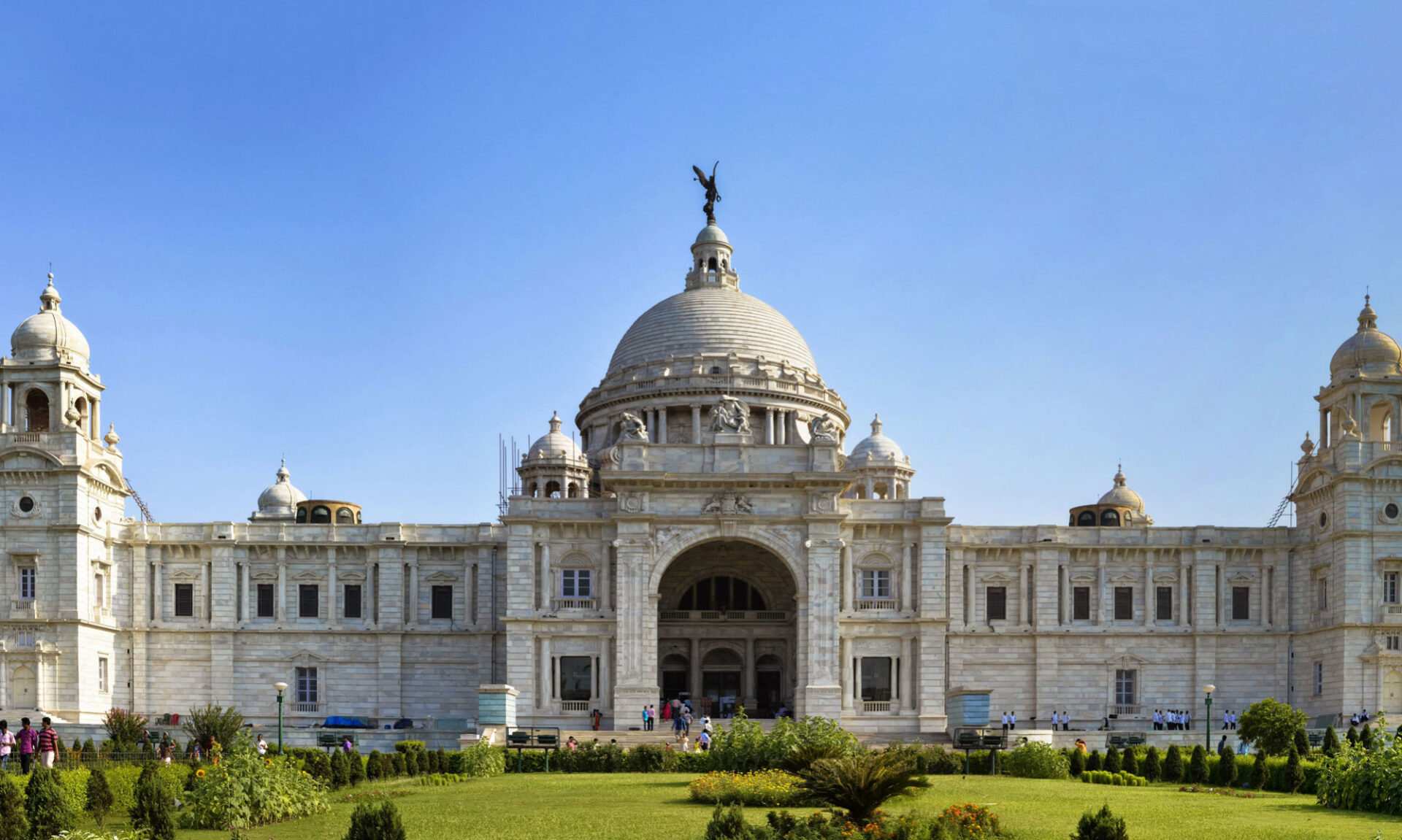The Park Street Cemetery is the most heritage destination of Kolkata. The cemetery came into being during the colonial era of the British period. The former name of the same is Burial Ground Road and the same is one of the oldest cemeteries of the time. You have the memorials and the mausoleums and the architectural importance of the same is immense. The tombs are wonderfully built and they highly resemble the historical significance of the city of Kolkata.
The Location
The location of the Park Street Cemetery is simple. It is located in the Park Street area of the city.
The Historical Significance of the Cemetery
The Park Street Cemetery is declared to have remained open from the time 1767. This is the initial non-church cemetery in the entire world. The cemetery came into being in the 19th century and it was named as the Great Christian Burial Ground in the whole of Asia. The cemetery came to be named after the Park Street and it was named after the deer park being constructed by Sir Elijah Impey and this was close to the Vansittart’s garden house. The cemetery is the perfect burial ground meant for the European expatriates who had their settlement in Kolkata at the time of the colonial period. This cemetery houses the burial ground of the eminent European personalities and this happened in the regal era.
The Various Cemeteries to Talk about
You have some of the notable tombs here and these are Rose Aymler, and this is the cemetery of the beloved of the poet Walter Savage Langdor and there is even the cemetery of Henry Louis Vivian Derozio. He was the initiator of the Young Bengal Movement and his life was full of events. He lived not more than 22 years. Here, you even find cemeteries of Charles Dickens, and Sir William Jones who was the founder of the Asiatic Society. There is the cemetery of David Drummond, Michael Madhusudan Dutta and C. F. Andrews.
The Opening of the New Cemetery
The cemetery was closed down in the year 1840 due to lack of space. In recent times this is one of the heritage sites for you to visit. The same is preserved by the Archaeological Survey of India. In the year 1785, the ground was being extended and the northern edge of the ground was being stretched and extended. In the year 1840 a new cemetery was being introduced and this came to be known as the Lower Circular Road Cemetery.
The tombs of the cemetery started to be renovated and reconstructed from the year 2000. The construction job is still continuing. The first restoration attempt was being made with all the 15 tombs. The ambiance of the place has been best restored and the epoch style is perfectly combined with the conventionally environmental friendly technicality. This includes the solar power lighting.
The Details of the Cemetery
The entire cemetery is of 8 acres of land. On all sides you will find the brick walls and there is even the enclosure which has the assortment of the 1600 tombs. These hold the tablets the cenotaphs and the epitaphs. The landscape at the place is so serene and quaint. The cemetery is made to look good with the variety in trees and flowery bushes. The architecture that you find on the grave stone is a mixture of the Gothic and the Indo-Saracenic style. The tombs are constructed with sand stone and they have shapes of rectangular or square. The designs are unique and each of them resembles the architectural approach of the era.
